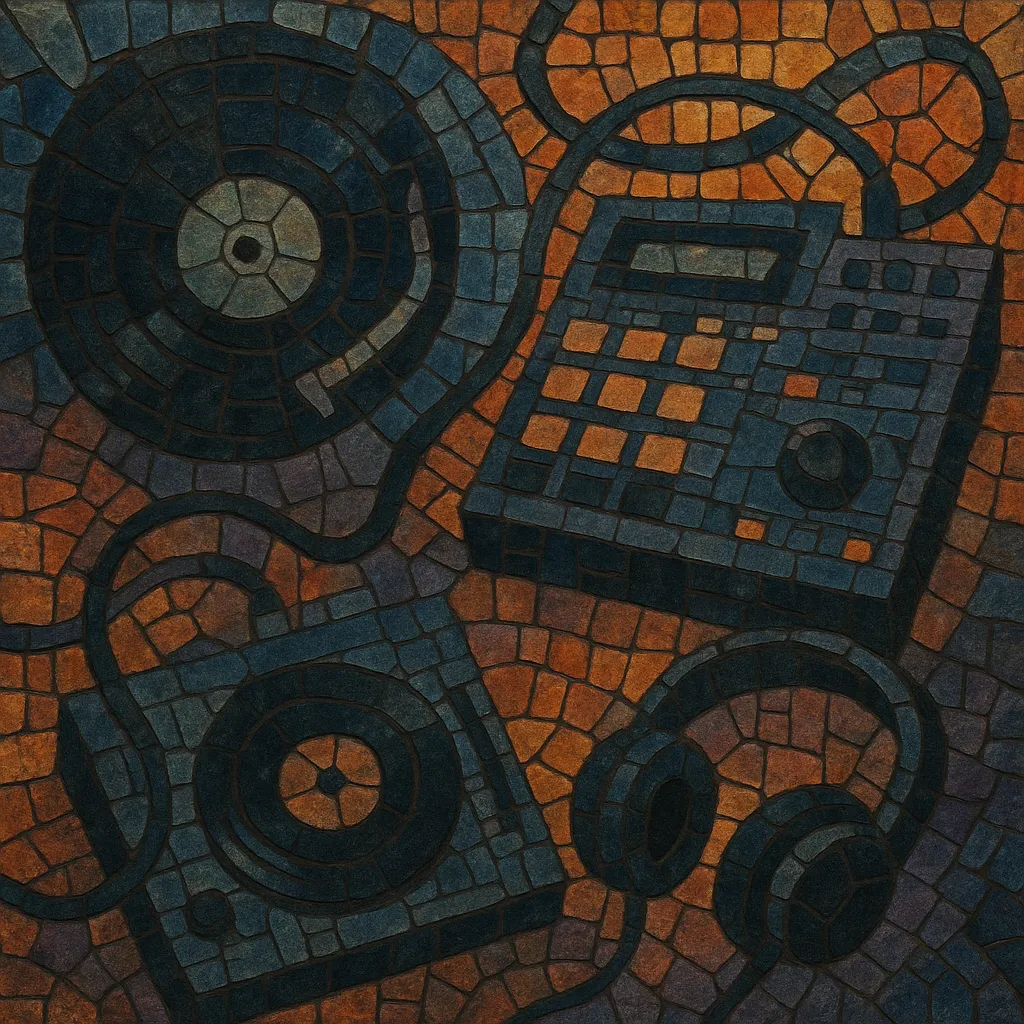Lowend is a bass-forward branch of the Los Angeles beat scene centered on head-nodding, off-kilter drums, heavy sub-bass, and textural sampling. The name evokes the signature emphasis on the low-frequency spectrum and nods to the influence of the Low End Theory club night that incubated the sound.
Producers in this style blend instrumental hip hop with IDM, glitch hop, and downtempo sensibilities, often using swung, unquantized rhythms, woozy synths, and jazz-inflected harmony. The result is music that feels simultaneously organic and futuristic—warm, tape-worn textures riding on deep, modern subs.
Lowend emerged in Los Angeles in the late 2000s as part of a broader instrumental hip hop renaissance. It drew on J Dilla’s swing, UK wonky’s lurching synths, and IDM’s sound design, while preserving hip hop’s sample-based ethos. The emphasis on sub-bass and headroom gave the style its name and identity.
The weekly Low End Theory party in LA (2006–2018) became the genre’s crucible. Artists like Flying Lotus, The Gaslamp Killer, Nosaj Thing, Teebs, TOKiMONSTA, Samiyam, Ras G, and Mono/Poly refined a sound that paired unquantized drums with thunderous, clean subs. Labels and collectives such as Brainfeeder and Alpha Pup amplified the scene globally through albums, EPs, and compilations.
Through Boiler Room sets, internet radio, and Bandcamp/SoundCloud communities, lowend aesthetics spread worldwide. Producers fused the style with dubstep’s sub physics, jazz harmony, and glitchy micro-edits. Its influence seeped into lo-fi hip hop, left-field R&B, and future bass, while continuing to prioritize negative space, dynamic subs, and tactile rhythmic feel.
By the late 2010s, the sound’s DNA—deep subs, swung drums, textural samples—was foundational across beat scenes and boutique electronic labels. Even as the original party ended, the approach to rhythm, bass management, and hybrid jazz/electronic harmony persists in contemporary instrumental and experimental pop contexts.


